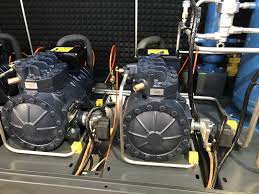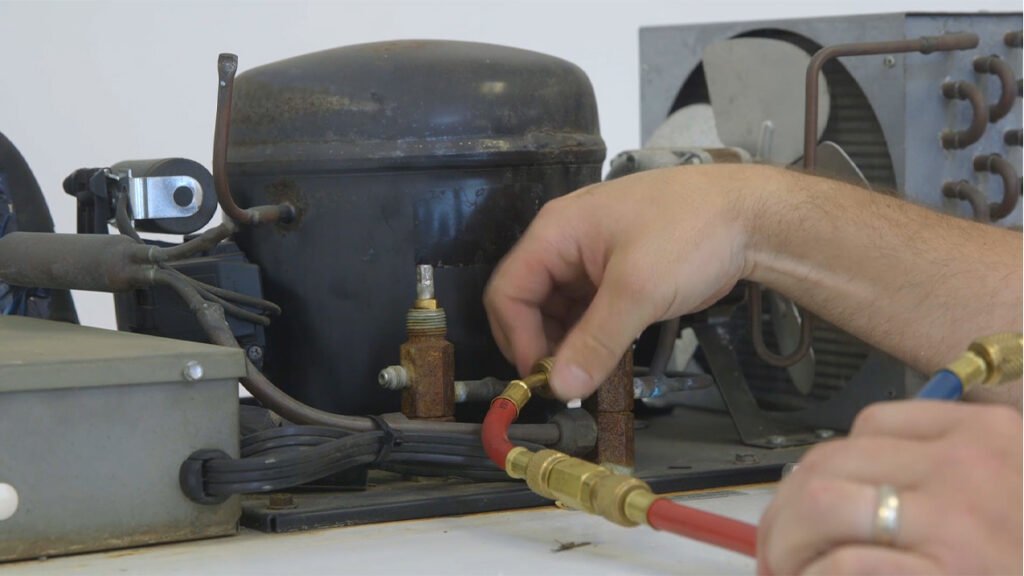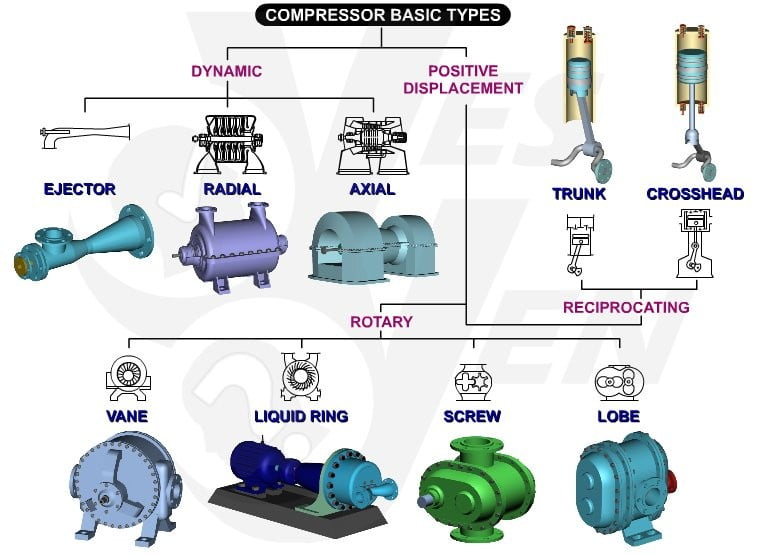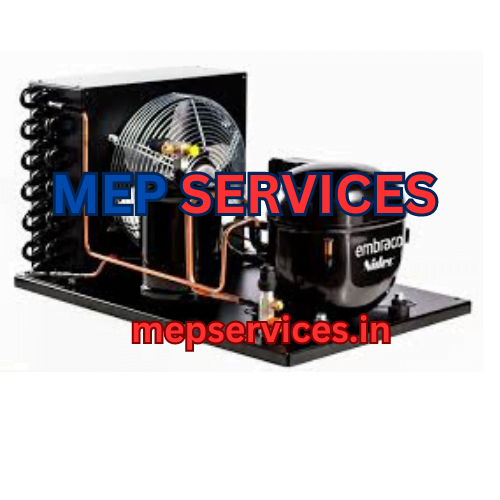Maintenance:
- Regular Inspection: Conduct routine checks on the compressor for any signs of wear, leaks, or unusual noises.
- Cleaning: Keep the compressor and its surroundings clean to prevent dirt or debris from affecting its performance.
- Lubrication: Ensure proper lubrication of moving parts according to the manufacturer’s recommendations.
- Condenser and Evaporator Maintenance: Clean these components regularly to maintain efficient heat transfer.
- Electrical Components: Inspect and tighten electrical connections to prevent loose connections or shorts.
Every month, check the evaporators to ensure appropriate defrosting. A buildup of ice on the evaporator coil can harm the coil surface and result in inefficiencies in the system’s functioning.
Every six months:
1. Tighten all of the electrical panel’s connections.
Verify that all spade connections are secure and look for corroded terminals and frayed wire insulation.
2. Examine the fan blades and motors.
Are the blades free to spin? Examine the blades for stress fractures or odd wear patterns. Every fan blade should have its surface cleaned. Tighten the fan set screws and replace any worn blades.
3. Examine every defrost heater.
For optimal heat transfer to the evaporator coil, make sure the heaters are positioned correctly. Observe the manufacturer’s instructions.
Verify the amp draw of each heater.
Verify each heater terminal’s voltage.
Verify the condition of the heater terminals.
4. Check for adequate drainage and clean the drain pan.
The drain pan should be cleared of any foreign objects. It should be easy to drain the pan.
The drain line need to slope visibly away from the evaporator and be free-draining.
In applications when the temperature is below freezing, check the drain line heater.


Troubleshooting:
- Poor Cooling: If the system isn’t cooling properly, check for refrigerant leaks, thermostat settings, or issues with the evaporator or condenser.
- Unusual Noises: Grinding, knocking, or rattling sounds may indicate mechanical issues or worn-out parts.
- High Energy Consumption: This could result from a variety of issues such as low refrigerant levels, dirty coils, or inefficient compressor operation.
- Compressor Overheating: Check for airflow obstructions, refrigerant issues, or electrical problems that might cause the compressor to overheat.
- Frequent Cycling: Rapid on-off cycling might indicate issues with the thermostat, refrigerant charge, or pressure controls.

